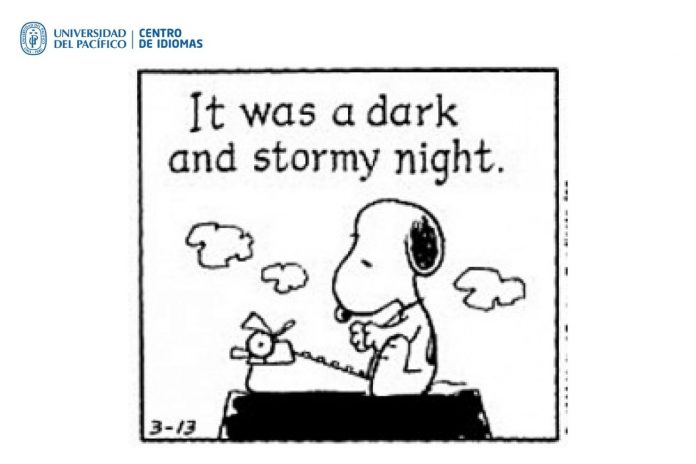Assessment is commonly defined as the act of making a judgment about something. In the case of educational assessment, it is the process of documenting, usually in measurable terms, knowledge, skill, attitudes, and beliefs. But when we come to defining assessing writing in a school setting, for students of English as a foreign language, we find that it means a lot of different things for most teachers.
Conception and association of ideas, creativity, imagination, organization, word choice, sentence fluency, usage of correct structures, conventions, presentation, spelling, coherence and cohesion are among the many things that teachers consider and grade when confronting a student’s piece of writing. The real problem is that the great majority of them have not provided much instruction to their learners about those aspects.
This evaluating activity does not respond to formative assessment since most frequently there is no real plan or follow up system to help improve students’ writing. It is rather usually considered another tool in grading the learners‘ work to provide the institution with records. The problem is that it could not be considered summative assessment either, since they are evaluating abilities that were not properly taught and capacities that were not enhanced during the lessons.
It happens that teachers evaluate fluency, elegance and cohesion from students that have never been instructed about what a simple sentence is, let alone complex sentences or have never heard about the different types of independent or depending clauses. Of course, instruction should go from the simple to the complex. The question is then how many students have a working knowledge of such basic things as punctuation or capitalization.
Textbooks face the issue simply presenting different types of written exchanges, e.g. an email to a friend, an application for a job or to a university, a letter of complaint to a store, etc. and prompting students to imitate its structure and vocabulary. But, come on, can this seriously be considered teaching how to write?
The fact is that the absolute great majority of learners have never heard of a topic sentence; don’t have a clear idea about what a paragraph is or which are the parts of a composition. And that is because we, teachers, don’t tell them about it. And neither do their Spanish teachers, for that matter.
Then we are admired when students that find their way into the university can’t write. Good readers produce good writers, but that is not the case of the majority. So it should not come as a surprise they are quite inept to express their thoughts effectively in writing.
So we should start by devising a good plan for teaching our students how to write going from the simple and basic to the more sophisticated concepts, and then improve it gradually with the help of formative evaluation.
Then we will be able to assess them as they go through the different steps of producing written communication mainly with the help of rubrics devised for every step of their learning.
Now your turn:
What do you think? Do you agree or disagree with this viewpoint?
How do you usually teach and assess Writing in your classes?
Estimated reading time: 2 minutes, 39 seconds










